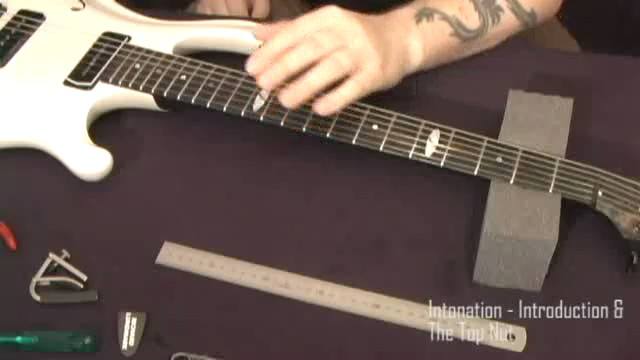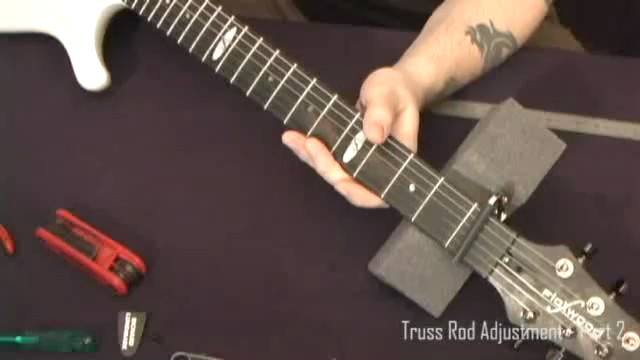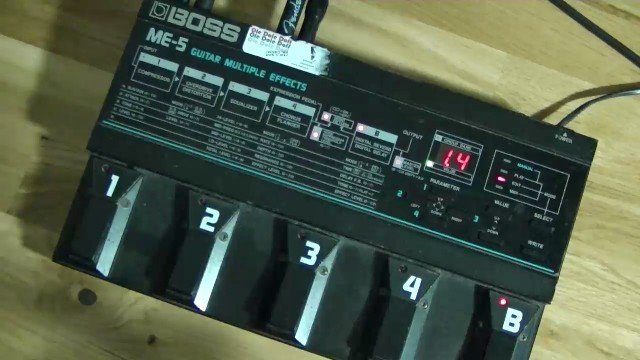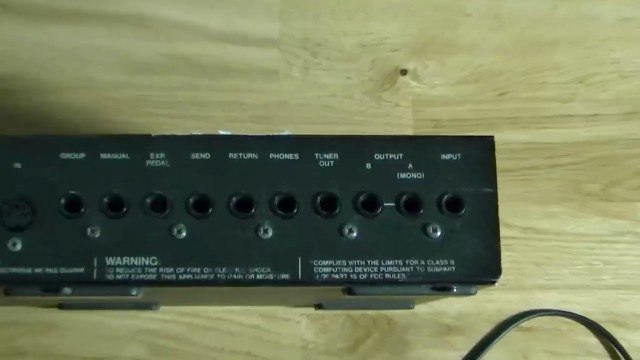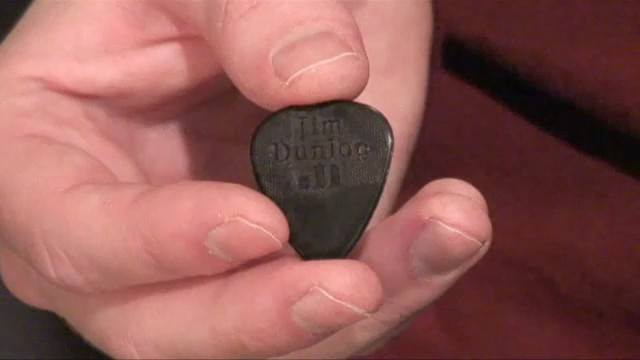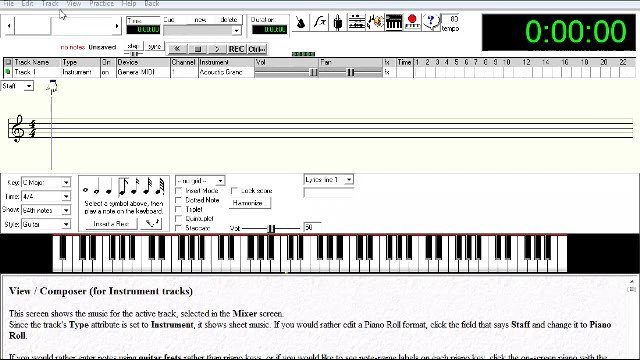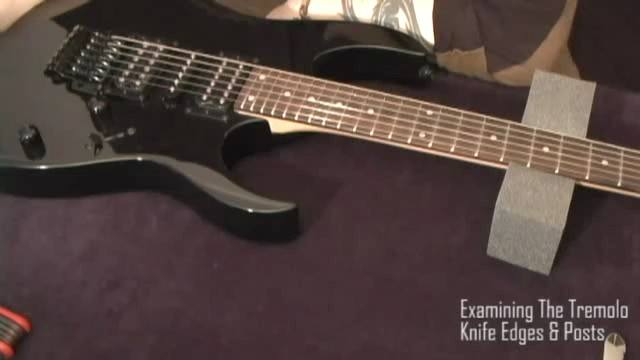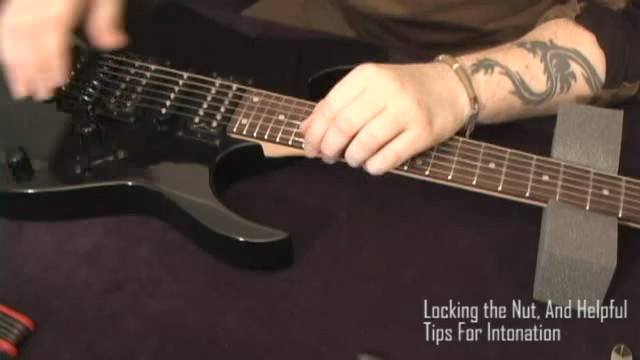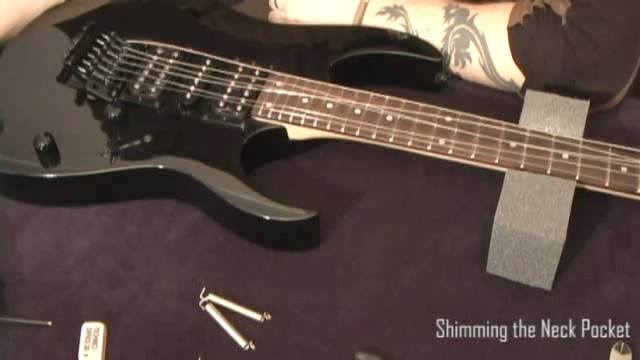Locking Tuners cont.:
1. Thread the string through the bridge like before. Nothing out of the ordinary here.
2. Thread the string through the hole in the locking tuning peg. Pull the string tight and hold it taut on the other side of the locking post.
3. There are two ways from here, either you hold the string taut, and wind the string up, manually or with a string winder. At first the locking tuner won’t move, but after a number of turns it will start to lock (the small locking peg inside will push up against the roof of the peg and lock the string), and pull the string with it around the post. Now you can release the string, tune it to pitch, and cut the excess string.
4. The other method entails holding the string taut, and then locking down the tuner, either from top or from below, depending on brand. After it is locked, start winding up the string. Both methods work well, but I usually use the no.3 method, since letting the string lock itself will not put excessive force one the locking part, and thus minimizing the risk of breaking the string, which might happen if you tighten it manually to much.
Okey then, we’re done with the string-change part. Next, we’re going to dive into the topic cleaning our fret board, and later truss-rod adjustment, relief and all that glorious gumbo. Move on!





















